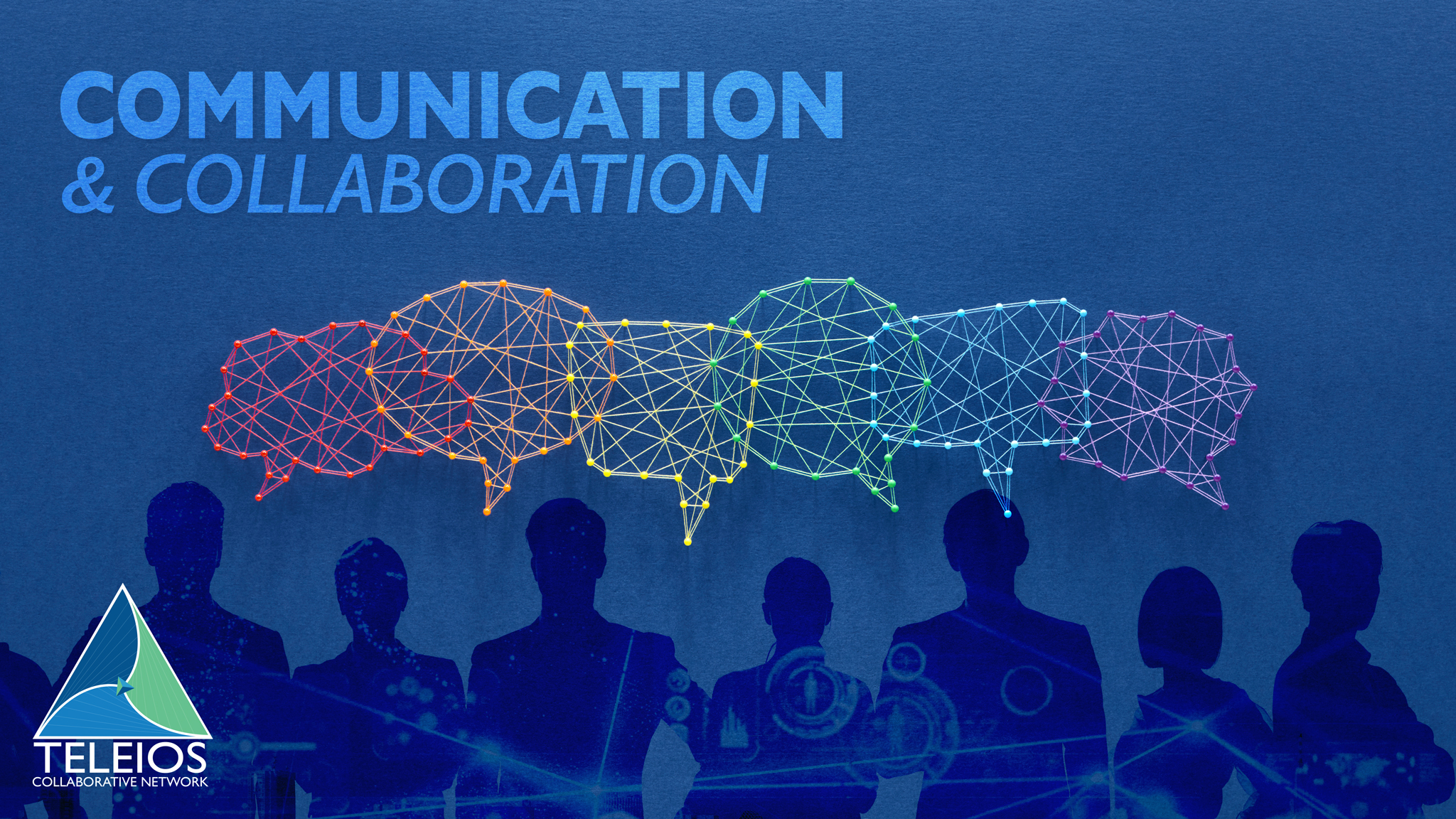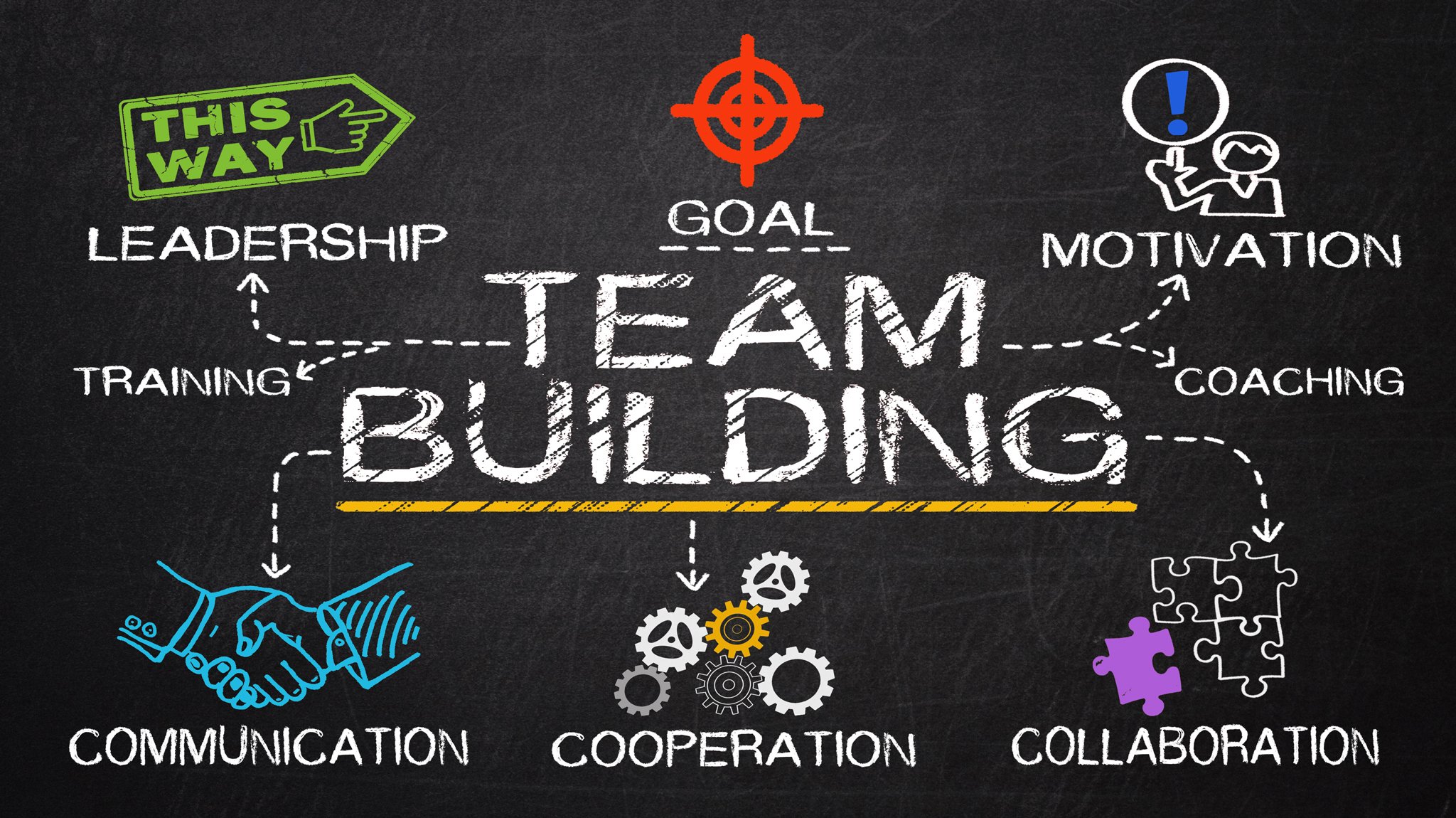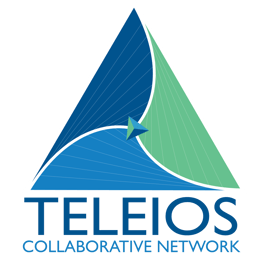7 min read
Communication & Collaboration – Make-or-Breaks for Solid Teams
By: Rochelle LaGrow on 1/27/21 10:37 AM

How goes it, friends? I’m Rochelle and potentially a new face for you as part of our TCN team.
While my time with TCN is my first foray into the medical industry, I have nearly 15 years of experience in technology integration along with electronic tool development and implementation. I have served as a liaison between clients, staff, and Information Technology departments in the automobile industry and Environmental Management federal contracting world. In these roles I have been both member and leader of many teams with a wide range of goals and outcomes.
Those endeavors were a mixed bag of success and failure. Out of those failures came a hunger for understanding the root cause and in those moments of unfettered success, a desire for replication.
Now serving as part of the TCN Admin Team, my intent is much the same as ever: aid in making the Big Picture Views our visionaries at all levels see a sustainable reality. In that vein, I’d like to share what I’ve learned through bumps and bruises regarding the importance of communication and collaboration in teams at all levels of an organization.
When we work with our teams, we talk. A. Lot. We talk about timelines, expectations, and the list goes on. But where does all that talking get us?
To answer that question, we look at measures of success. Often those measures are heavily focused on the outcome of the project, user or customer satisfaction ratings, the period at the end of the sentence. Those can be great data points, but it is not the whole picture. What about the process? How well did the team work together? Did some team members feel:
- alone in the responsibility of product implementation,
- left in the dark not knowing their role, or
- skating on easy street because they were treated as fringe players with no skin in the game?
Did we communicate and collaborate?
Communication is the exchange of information or news – think broadcasting or presenting.
Collaboration is the action of working together to produce or create something – think partnership or cooperation.
Same family, different branches – both important.
Why do the nuances matter?
We are getting the end results we want, and it feels great when we do! We have buckets of kudos waiting in the wings from our senior leadership and our clients last week nearly held a parade for our team in the halls (or a cheering section on Zoom) because of our incredible work. All that talking paid off.
Yours truly, Content and Comfortable
Happy to hear it, but for how long? Those team concerns we touched on before can mean disaster tomorrow for the team succeeding today. Burnout, feeling like an island, or slacking off can lead to low morale in this team producing those Grade A products or the teams they move to next.
- The person who feels alone in the responsibility of generating the product can feel unappreciated or overwhelmed. They may decide it’s time to leave the company.
The other side of the coin may be that they get big for their britches and begin micromanaging future teams because of their prior successes, exchanging the team structure for dictatorship. - The one who feels like they don’t know their place in the team or how they can help thinks those victories are hollow or undeserved. Resentment can build and their productivity in other projects may wane.
- The teammate who has no real responsibility may revel in their spotlight on stage even if they didn’t have a hand in the work achieving the success; however, when they are placed on another team because of their unearned gold stars, there may be no room for nonparticipation. They may fail and fail hard, potentially causing that new team to fail.
Okay, Doom and Gloom – What’s the point?
The point is we need to grow beyond simple chit chat to robust communication and intentional collaboration (and don’t I wish Schoolhouse Rock was still around to lead us in with an animated jam right this minute).
A rich communication experience for a team is crucial to success. Communication allows us to speak on strategy, role commitments, deadlines, and needs achieving common understanding and confidence in the road ahead.
Collaboration builds on all that talk and puts team action behind those communication pieces.
The truth is that communication can fail at times.
Collaboration tools like a shared workspace can serve as safety nets for those communication failures. Establishing a shared workspace (like OneDrive, Google Docs, or SharePoint, etc.) means that the team can access each facet at any given time, even simultaneously. Depending on the tool we use, we may even receive notifications about changes and by whom.
We can encourage single source locations for team assets meaning we move files, products, and discussions out from inbox hidey-holes or squirreled away in swear-I-won’t-forget-where-this-lives folders. We can spend less time hunting for our products and more time refining them or moving on to the next high-value business need.
In these collaboration spaces, we also have the benefit of some built-in analytics features that can give a senior leader some insight into a team’s dynamics. Those analytics can prompt further communication between senior leadership and a team if there appears to be a skewed workload which can help in proactively addressing burnout or lack of performance.
So, what’s next?
When we remember that both communication and collaboration are foundational elements of team success, we can begin their implementation early. Establishing standard collaboration toolsets like shared workspaces and diligently communicating reminders about their use can begin to form new habits for ourselves and our teammates.
Toolsets are meant to aid us in our day-in-day-out work cycles. Refinement over time is anticipated and encouraged. Our toolsets should alleviate some of that administrative overflow that hangs around on our minds and grant us the opportunity to participate in richer discussion while producing stellar products, client experiences, and work environments.
Let’s continue to communicate and collaborate with one another, build those toolsets, and move with intention into that growing edge.
Rochelle LaGrow, Administrative Coordinator

Teleios University (TU)
Discover More
An organizational model that allows not-for-profit hospices (Members) to leverage best practices, achieve economies of scale and collaborate in ways that better prepare each agency to participate in emerging alternative payment models and advance their charitable missions.
Related Posts
The Power of Performance Excellence and Purpose: Lessons from Hospice
Teleios Collaborative Network, recently had four of their TCN member organizations in the top 50 on...
Leadership with Grit, Grace, and a Bold Heart
By Lynn Flanagan and Tina GentryLeadership is not for the faint of heart! It demands adaptability, ...
Culture of Collaboration
How to create and sustain a high-performance culture where collaboration, curiosity, and courage...




